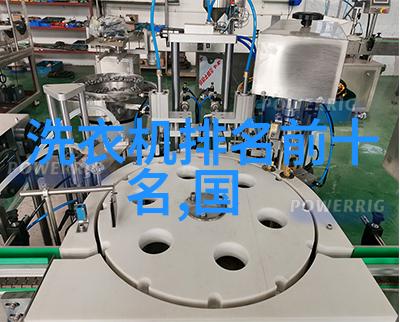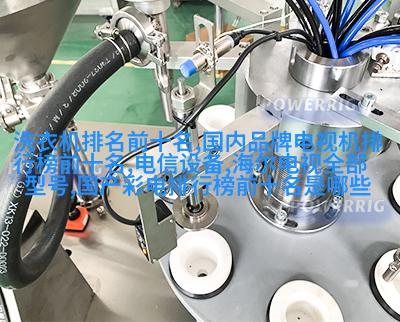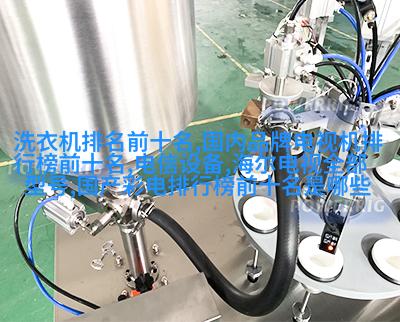
微控制器编程艺术嵌入式系统开发的创意与挑战
微控制器编程艺术:嵌入式系统开发的创意与挑战

嵌入式系统概述
嵌入式系统是指将计算机技术与物理设备相结合,用于控制和监测各种设备的系统。这些系统通常体积小、功耗低,并且能在特定的环境中稳定运行。嵌入式系统开发工程师需要具备扎实的硬件基础知识和软件技能,以便能够设计和实现这些复杂而精密的电子产品。

微控制器及其应用
微控制器是现代嵌入式系统中的核心组成部分,它们通常包含了一个或多个处理核,以及内置存储单元。在汽车工业中,微控制器用于车辆管理;在家电领域,它们负责智能恒温调节;而在医疗设备中,则用于数据记录和传输。嵌入式系统开发工程师需要对不同类型的微控制器有深刻理解,并能够根据项目需求选择合适的芯片。

编程语言与工具
为了高效地进行嵌bedded system development, engineers often use specialized programming languages such as C and assembly language. These languages allow for direct manipulation of hardware components and efficient memory management, which is critical in resource-constrained environments. In addition to programming languages, developers also rely on a variety of software tools like debuggers, compilers, and simulators to streamline the development process.

系统设计原则
A well-designed embedded system should be reliable, fault-tolerant, and energy-efficient. Engineers must consider factors such as power consumption, processing speed, memory allocation, and communication protocols when designing these systems. For instance, they might choose to implement low-power modes or sleep cycles during periods of inactivity to conserve battery life.

硬件-software协同工作
The success of an embedded system depends heavily on the harmonious interaction between its hardware and software components. Engineers must ensure that their code can effectively utilize available resources while avoiding conflicts with other system functions or hardware limitations.
挑战与未来趋势
Despite the many accomplishments in the field of embedded systems development over recent years - including advancements in IoT technology - there are still several challenges that need to be addressed by engineers today: improving security measures against cyber threats; enhancing performance without increasing power consumption; and developing more sophisticated AI algorithms for real-time decision-making applications.
By embracing these challenges head-on while continuing to innovate within this dynamic field of microcontroller-based engineering workmanship & craftsmanship skills will continue grow alongside technological progress bringing about new possibilities for creativity & problem-solving at every turn



